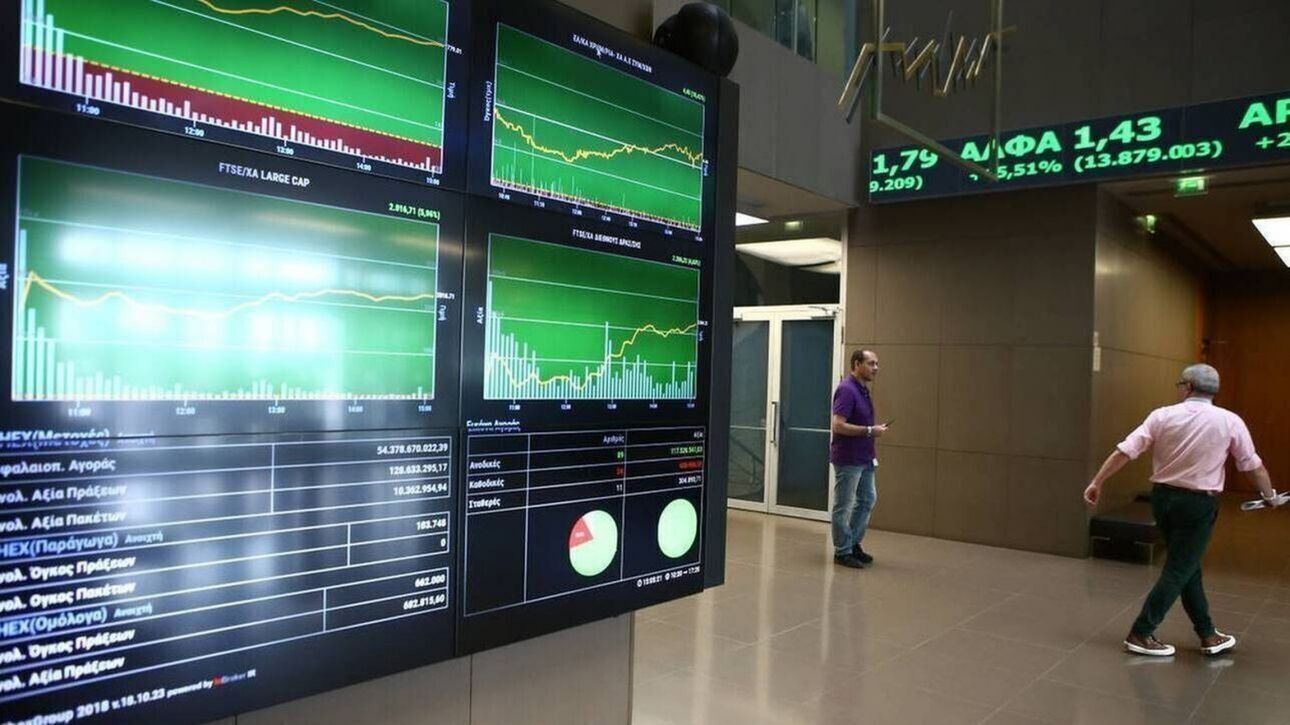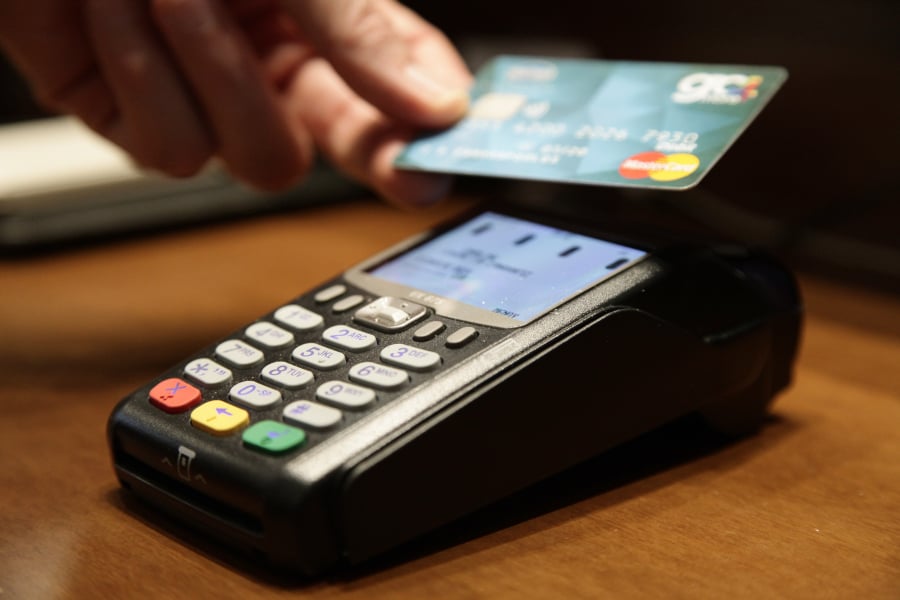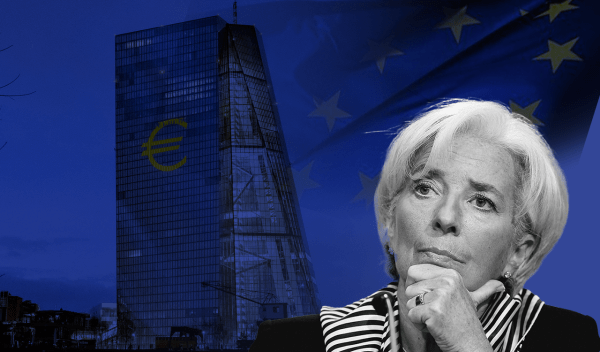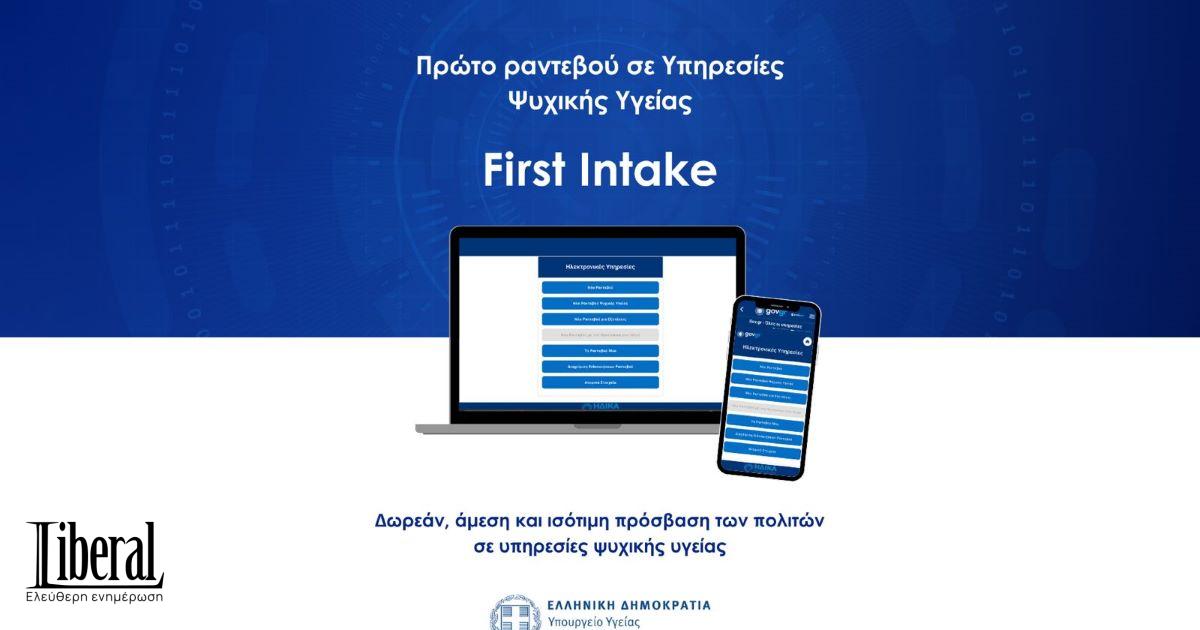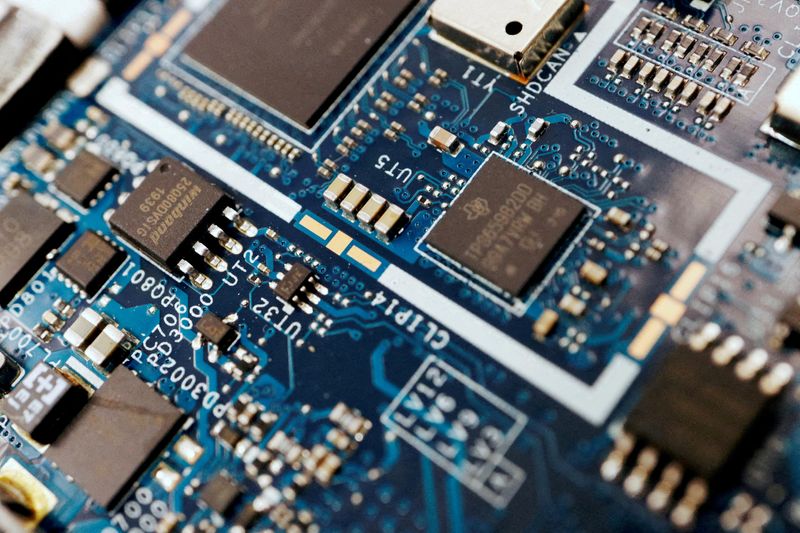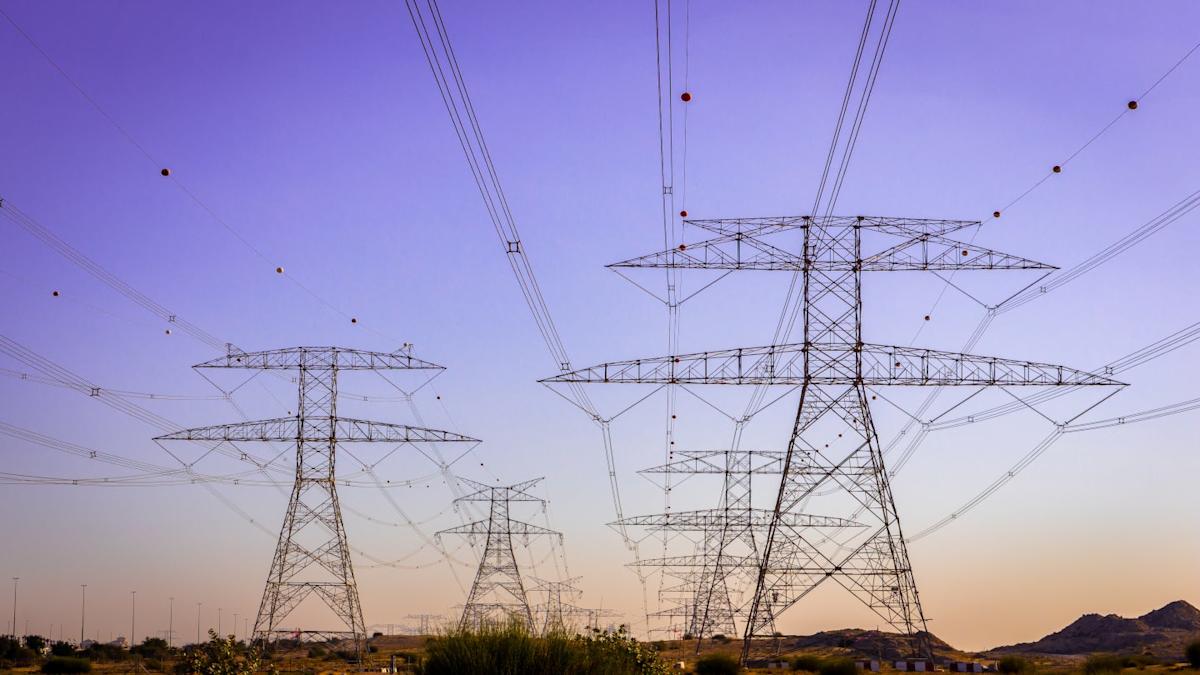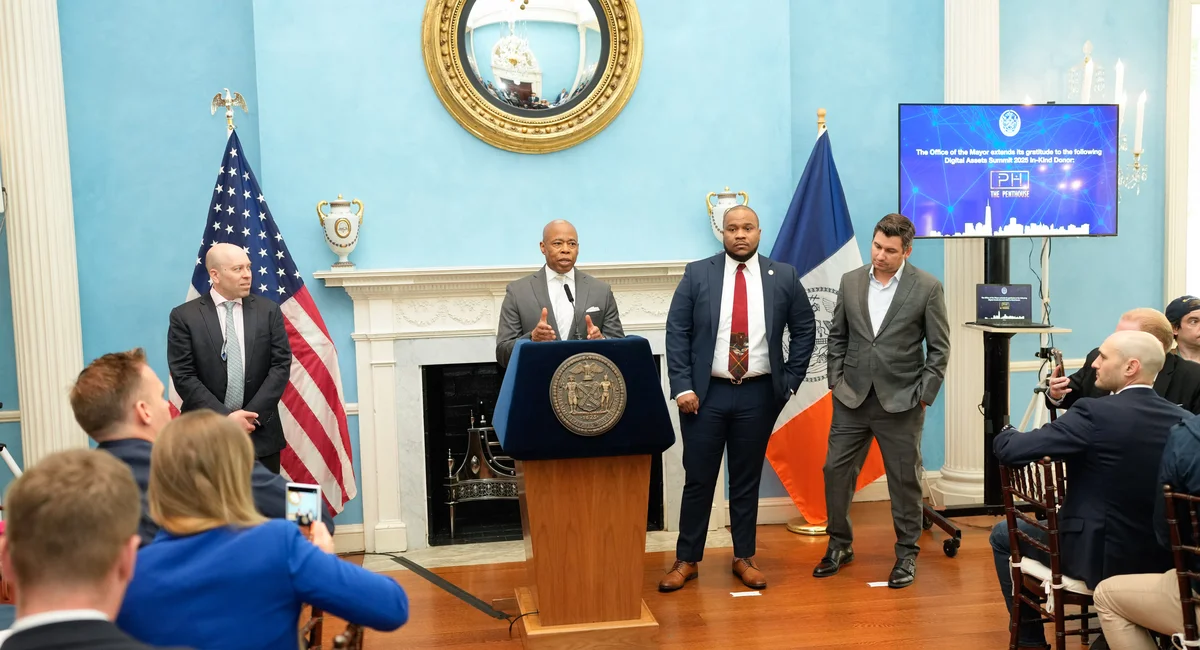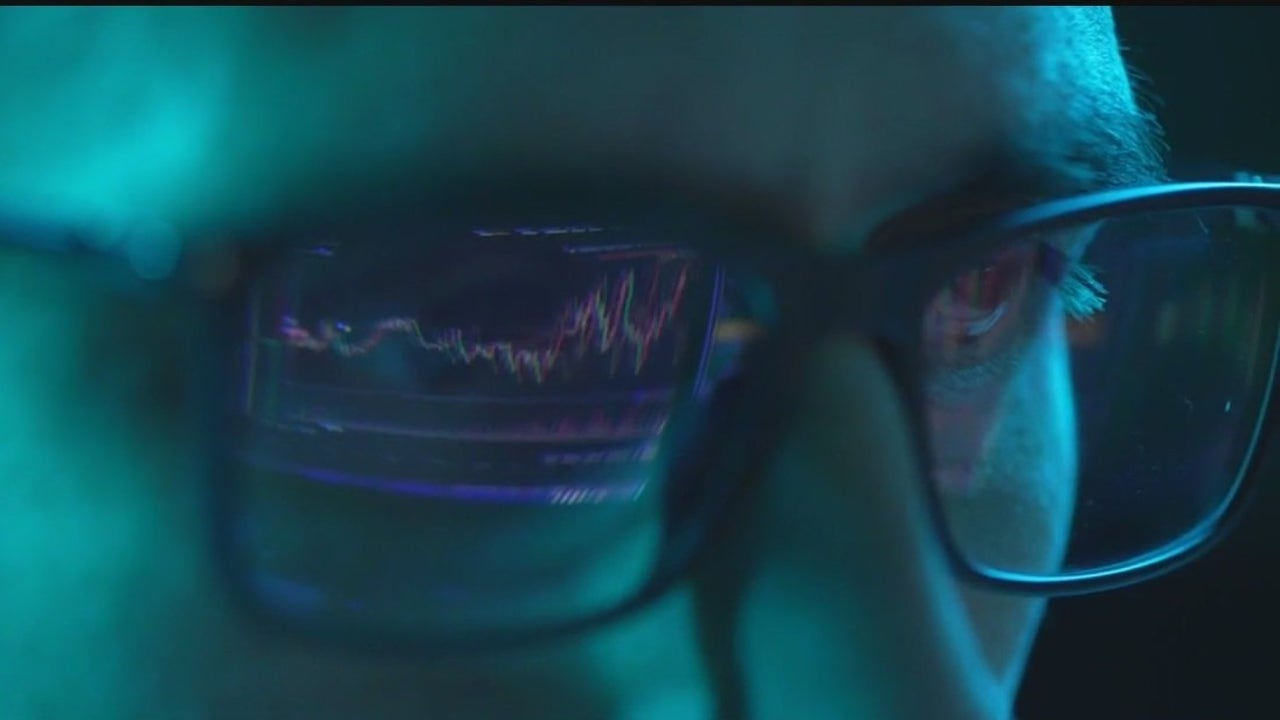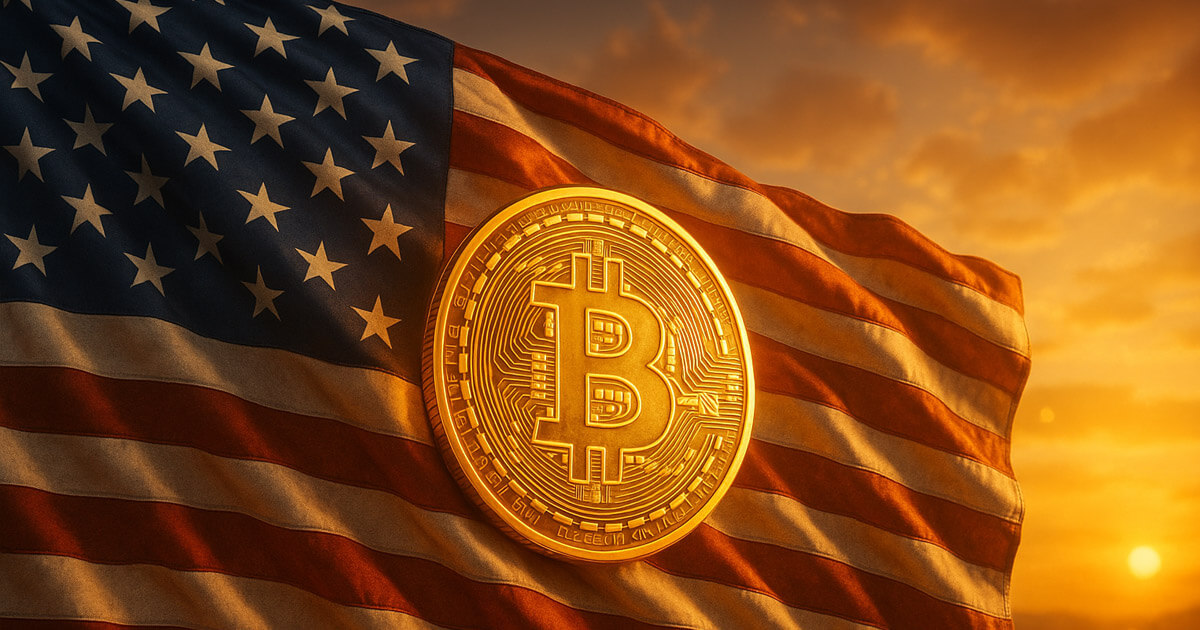False Choice Between Bitcoin’s Store Of Value And Medium Of Exchange
Bitcoin's Store of Value
A debate has raged in Bitcoin between its two primary use cases, store of value and medium of exchange. This debate has waged on since its inception, though the contours of the debate have waxed and waned over time. In fact, Satoshi was likely aware of Bitcoin’s bottlenecks to scaling, given that the original implementation of off-chain payments using the frequency field of transaction outputs was part of Bitcoin's original design. Payment channels in the Lightning Network eventually became a better way to achieve off-chain payments, and by 2015, the Lightning white paper planted the flag for Bitcoin as a vehicle for payments.
In the last four years, however, the narrative has shifted towards Bitcoin as a store of value. At the same time, Bitcoin also had its roots as a form of digital gold, evident from the early connection between Bitcoin and Bitgold. The early conversation on the Bitcoin talk forum certainly makes reference to a digital version of gold, and the miners do the hard work of extending the chain and bringing new Bitcoin into circulation.
I saw the debate in sharpest contrast in February at the Presidio Bitcoin launch event, where Jack Dorsey and Michael Saylor gave alternate opinions on this. Dorsey talked persuasively about Bitcoin’s utility in the developing world, where reliance on third-party payment providers like Visa and Mastercard imposes real economic costs and infringes on freedom. Bitcoin's high value over time will come from its utility, which is a medium of exchange. Bitcoin still has a long way to go for broad use as payment, and the Bitcoin community can't give up on making real the original vision of the white paper.
Saylor offered an equally convincing defense of Bitcoin as a store of value. The vast majority of capital in the world is not used for payments but for storing and preserving value. For Bitcoin to succeed, it must gain market share against the major asset classes (equities, bonds, and real estate). Saylor takes a broader definition of peer in the white paper. A peer need not be an individual, but could be an institution, a bank, a corporation, or a city. Not every person in the world needs to run nodes, but maybe the big institutions do. Just like gold, bitcoin can become the reserve asset of the world and a settlement layer between financial institutions.
So, which view is correct?
They both are. I believe Saylor and Dorsey are each advocates for the world as they see it. Saylor and Dorsey are both articulating a vision where they believe the marginal resources and time should be spent. And their views reflect their own backgrounds, with Dorsey emerging from the payment space and Saylor operating in the fiat capital markets. In the short term, there may be a trade-off between these two use cases of Bitcoin, as companies and individuals need to decide how to allocate their own time and resources.
But in the long term, there is room for both. The real competition is not between Saylor and Dorsey, but between Saylor plus Dorsey and the rest of the tech industry. That industry is many, many times larger than our little Bitcoin bubble.
Maybe I am copping out by saying we don't have to pick between Bitcoin as a store of value and medium of exchange. But really, I'm saying that all use cases of Bitcoin reinforce each other. When the world turns to bitcoin as the best investment, it will naturally want to transact in bitcoin. Similarly, if bitcoin wins the race for the best global payments, that will marginally induce more people to acquire and hold bitcoin.
Connecting it to AI
The real opportunity on the technology side is to more deeply integrate Bitcoin with AI. AI agents need deep ways to interact and engage with Bitcoin. We already have AI agents that can pay each other through Lightning invoices. But we need neural networks to trade and negotiate with each other using the kind of higher-dimensional transactions that Taproot was designed for. As for stores of value, AI can help design new custody solutions and more complex, useful tools as the next generation of banks holds bitcoin as their reserve asset.
So, I am optimistic. And who knows, once Bitcoin achieves a store of value and medium of exchange, all that's left is the last item on the list, the unit of account.
Content Original Link:
" target="_blank">





